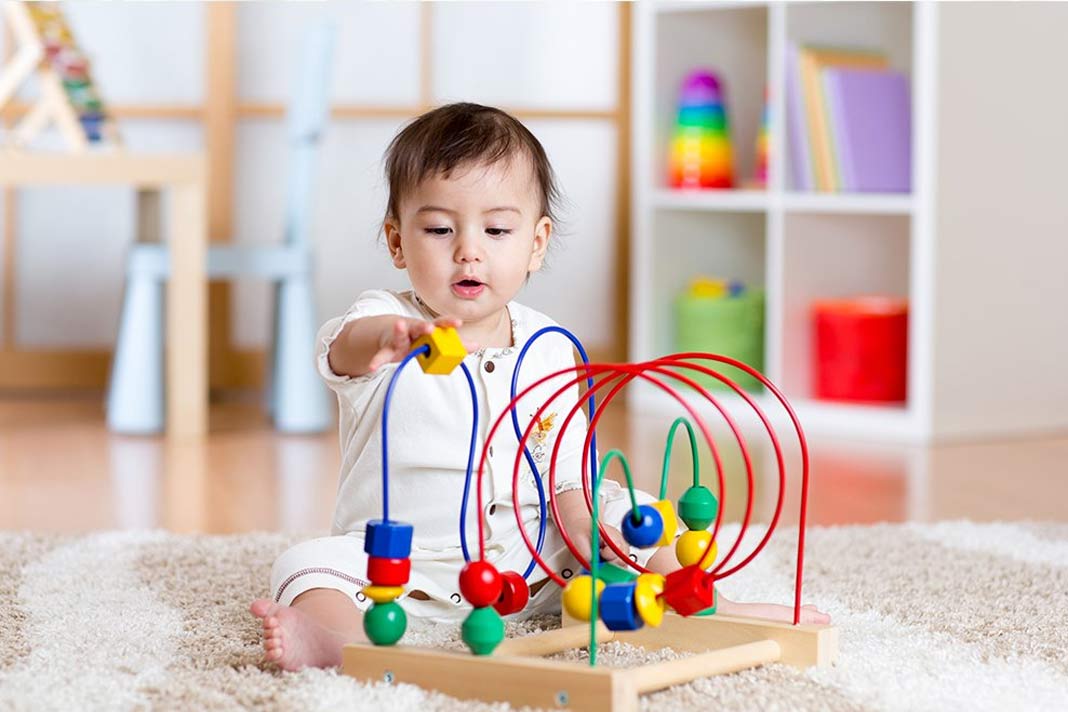
How to Improve Your Children’s Fine Motor Skills?
So, you wake up, check your smartphone, brush your teeth, prepare and pack your lunch, eat breakfast, put on your trousers, button up your shirt or blouse, put on your socks, tie your shoelaces, do your hair and turn your car key. We do so many things every day that require fine motor skills that it’s easy to take them for granted and forget how important they are. But what are fine motor skills? Fine motor skills involve movements with small muscles, so the child’s brain must coordinate actions with what it sees. For example, fine motor skills can affect how you hold a fork when you eat or write with a pencil. Fine motor skills begin to develop when the child uses the small muscles in the hands, arms, wrists, feet, and fingers. The development of these muscles involves squeezing, holding, grasping, or pinching (holding an object between the index finger and thumb). It’s essential to develop fine motor skills in young children in preschool.
But, What Are Fine Motor Skills?
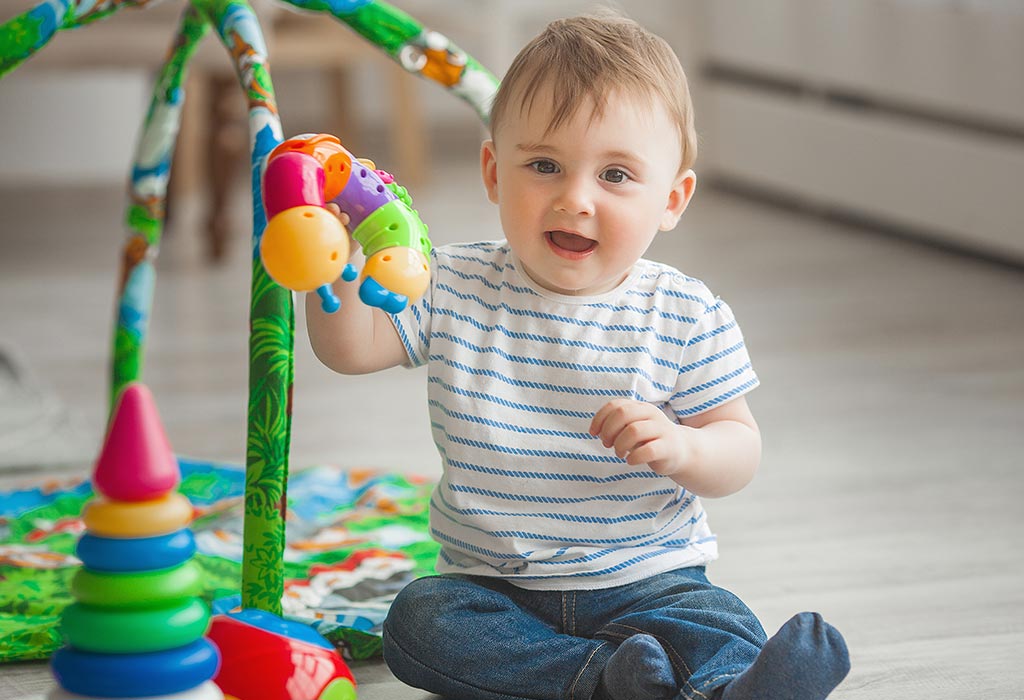
Fine motor skills are very important for everyday activities such as unbuttoning shirts, using cutlery to eat, tying shoelaces, cutting with scissors, and writing. As adults, we use fine motor skills so often in our daily lives that we easily forget that a task requires specific skills and specific muscles. If a young child cannot perform these everyday tasks, it can affect their confidence, ability to develop self-control and independence, and performance at school. Below are intelligent ways to improve your child’s motor skills. These techniques are particularly effective in teaching fine motor skills to preschool and primary school children. Still, they are also needed and helpful in developing fine motor skills in younger and older children. Parents can encourage and help their children to improve their fine motor skills through simple and fun activities. For ideas, try doing any of the following activities.
#1. Puzzle

By matching and moving the puzzle pieces together, you develop a pinch grip. Sometimes watching or helping your child put a puzzle together can be awkward; they may get impatient, give up, lose pieces or put them in their mouth. But if you make an effort, the benefits are worth it. Involve your child in the game and encourage them to first run through simple puzzles through increasingly difficult ones, improving their visual, coordination, and motor skills. Seeing a child smiling and happy after solving a puzzle fills parents with pride. Tactile play with favourite puzzles, such as playdough, is an excellent way for children to experiment and develop motor skills. To make it even more fun, you can make the play dough with your child first and then play with it.
#2. Use Tweezers or Pliers.
Create a game where children use small kitchen tongs or tweezers to pick up small objects such as raisins, grapes, pasta, buttons, and coins in a bowl.
#3. Drawing, Coloring, and Painting
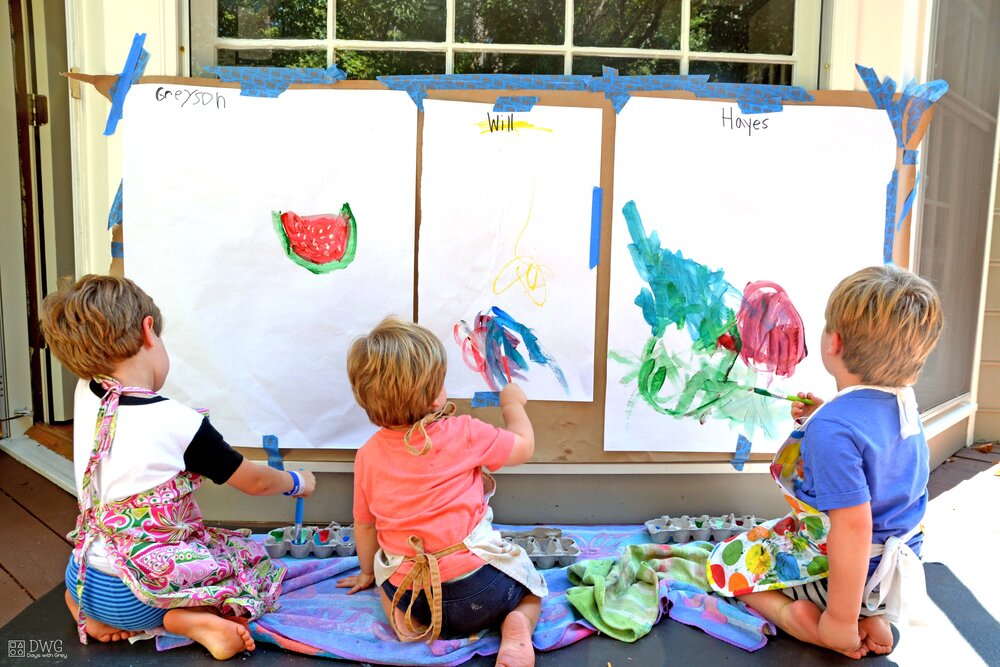
Encourage your child to draw and colour. This not only helps develop fine motor skills but also creativity and imagination. Try different types of drawing materials and tools such as chalk, charcoal, crayons, pencils, brushes, or finger paints to strengthen hand-eye coordination and stimulate your child’s interest. When children draw with a brush, they learn to hold the brush and control how they use objects in their hands, including pencils and other things. Painting with numbers can be an excellent way for young children to learn how to paint with a brush.
#4. Cutting with Scissors
Scissors are a great way to strengthen fine motor skills, improve hand-eye coordination and concentration. You can draw shapes for your child to cut out. Make snowflakes out of paper, or maybe even cut them out of play dough. Make sure you use age-appropriate scissors.
#5. Sandler
Just like playing in the bathtub, filling and spreading sand with cups is fun and stimulates sensory development. You can use a shovel and dig with spoons, create and even draw pictures and build things. If you’re at home, magic or kinetic sand is perfect.
#6. Play in the Bathtub
Use cups that can be filled and refilled, squeezable sponges, or rubber toys that shimmer. Don’t worry about water getting on the floor; you can always clean it up later.
#7. Building with Blocks and Lego
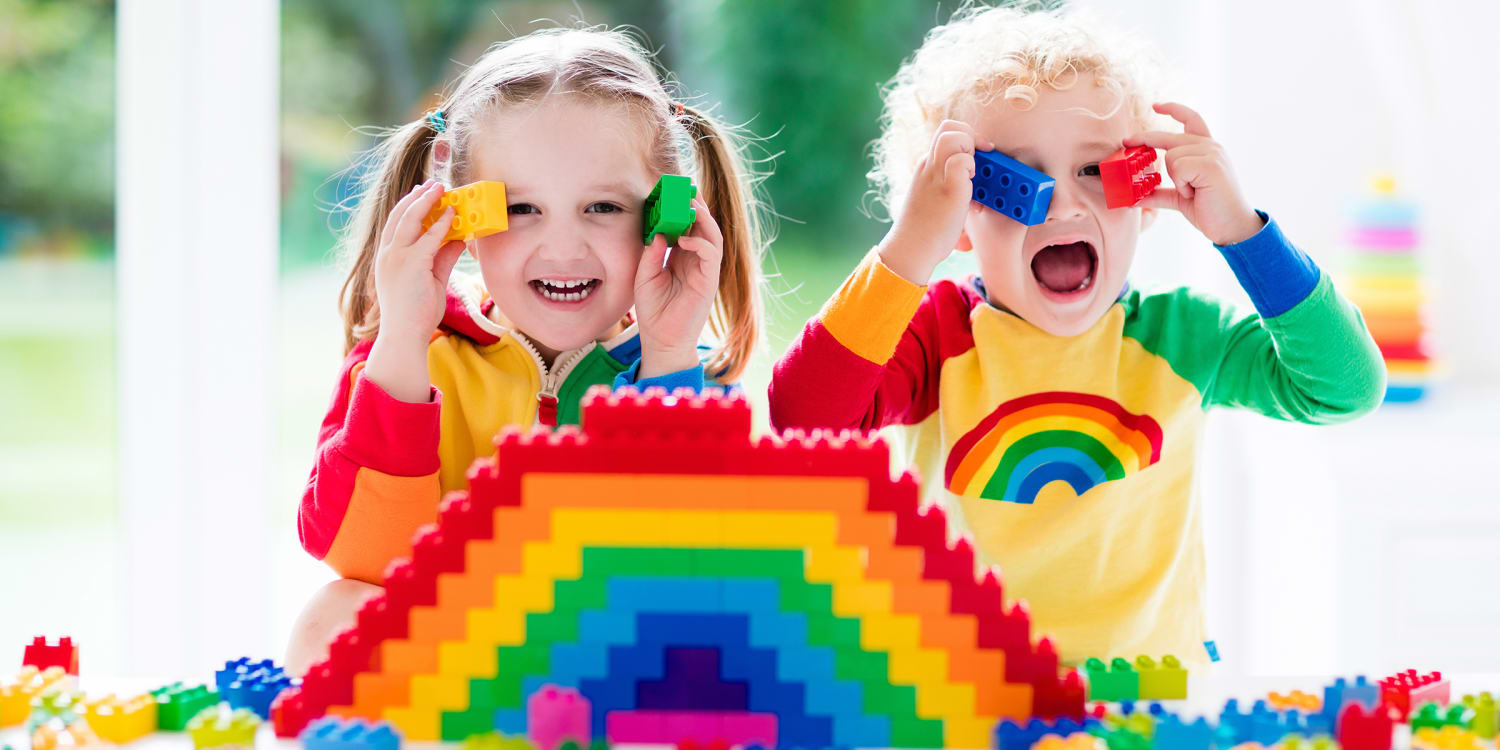
Put together, combine and build things with blocks and Lego. This activity encourages gentle pushing and pulling. “Legos are also great for developing creativity. Building with LEGO bricks is an effective way to develop a child’s fine motor skills. By building and even picking up LEGO objects, children develop hand muscles and improve coordination, which helps them develop other skills, such as holding a pencil and writing. Playing with LEGO can also help children develop other skills, such as perseverance, a sense of accomplishment, and better puzzle-solving skills.
#8. Snoring and Snoozing
Tie beads or glue of different sizes into a string, pipe cleaner, or string. Tie knots and bows on the string. Easy and fun to knit on your fingers!
#9. Eye Dropper Tests

Pour some water into several glasses. Add a few drops of food colouring to each glass to make the water a different colour. Prepare some empty bowls and jars so that the children can experiment and mix various colored water with a pipette. Try using vinegar instead of water and make a bowl of baking soda that bubbles when colored vinegar is added.
Do you want further to improve your little one’s fine motor skills? Put your child in the care of Little Munchkins Childcare Centre. They provide a wide array of educational toys and fine and gross motor activities to help our munchkins in their development process.
Welcome
You May Also Like
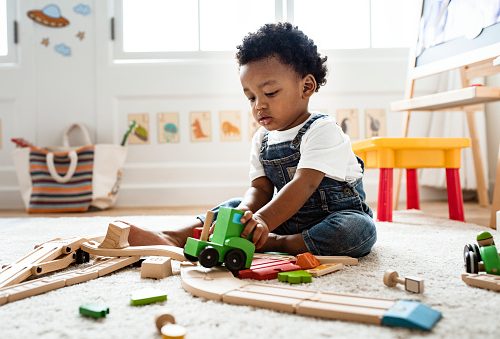
Tips for Creating a Child-Friendly Living Room
2022-01-20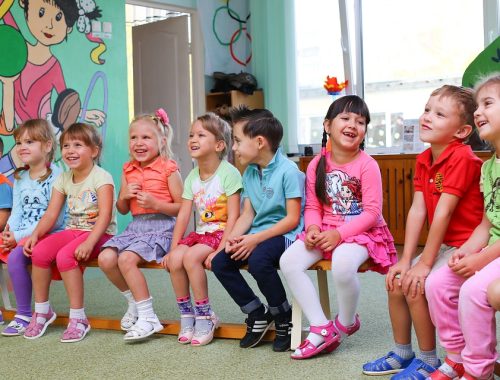
Why Is Pre-School Important?
2021-12-13
